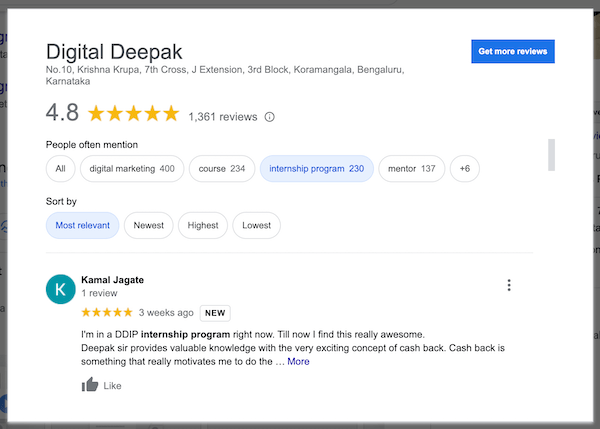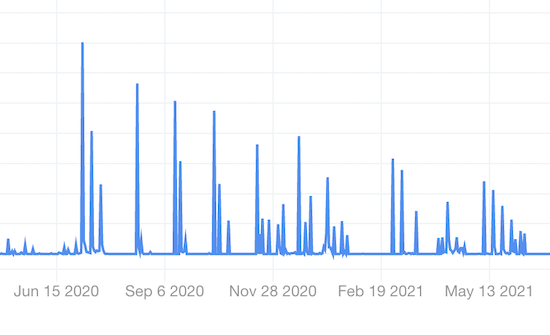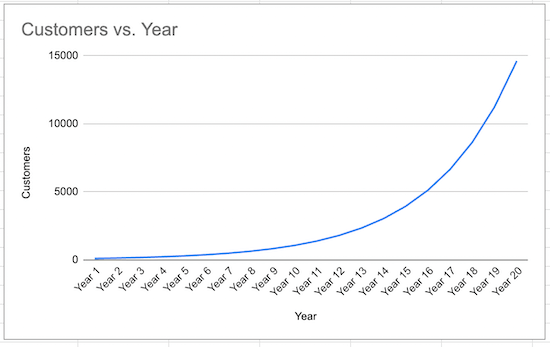The Cost of Scaling Too Fast (Blitzscaling)

Some lessons are only learned through experience. When I launched my digital marketing cohort-based program in 2020, I wanted to scale the number of students. I wanted to scale the revenue. I wanted to grow the startup. Because that's what startups are all about, right?
I launched the first batch program by end of 2019 (December 4th to be exact). With the covid situation and the boost to ed-techs, I scaled the 4th batch to 1150 students. That's the biggest month we've ever had.
But scaling meant higher customer acquisition costs, lesser margins, and time spent on hiring, doing meetings, and delegating tasks to people.
All this "scaling work" took time away from what I could do to improve the product and the process. I thought the product was "good enough" but only good enough for the early adopters, not the 10,000s that came after that.
You can turn advertising into profit if you have a solid funnel, but it takes time to build a solid funnel and you will have the time only when you are in a period of not scaling.
Since then, we have never been able to cross 1,000 students in a single batch because the product was not built to handle that kind of scale. It was good enough, but in such a globalized, competitive market, good enough is never good enough.
Most of the time went into firefighting and all the resources were invested in sustaining the newly grown team. Customer support tickets went through the roof, and thankfully we had some amazing team members who handled everything.
We managed to keep our ratings at 4.8* and above. And our NPS rating was 73 which later dropped to 68.

While we could have been in a position of having built a runway for the startup and spent plenty of time developing the product, we accrued debt in terms of improving the product and it got delayed because of the chaos created by scale.

Since July 2020, this is how our revenue graph went until mid-2021. Not a pretty sight, right?
These were big numbers, more numbers than we have ever seen, but it is not a good place to be in.
If I knew what I know now, then. I would have killed the idea of trying to scale one fine morning and started improving the product. But it is easier said than done. I was always expecting that things would turn around. And it is hard for founders to let go of people.
In any given month, if you are making less than what you made last month, there is no motivation to improve the product. "The glory days were gone." and by our own decisions and wanting to scale too fast. To see heights and only to come down from there.
As a bootstrapped startup, we were able to calm down and let the revenue go down. A funded startup wouldn't be able to do this if the investors are expecting the graph to go up. And if the founders want to raise the next round of funding just to sustain, then they will burn down the brand while trying to scale the revenue (and we have plenty of examples of that in the Indian startup space).
We still got paid our salaries and no one went into debt. This was a good lesson in scaling. Scale only when the product is ready to scale. And be sure of it twice. Because the early set of users will not be too critical of your product as much as the later cohorts of customers.
When you scale and go into colder markets, it will be much harder to keep the customers happy, and that's when your product that has been optimized to over-deliver will sustain your business.
Higher demand than supply gives you stability and peace of mind, which can be invested in making better products and innovation.
If you start with 100 customers a year, and these customers are very happy because you are spending your personal time with them, you cannot expect the same happiness from the next 100 customers. The initial customers are always (very) forgiving.
Even if you grow 30% year on year which doesn't look like much in the beginning, you will get to a level with big numbers quite fast.
By 10 years, you will have 1000 customers a year and by the 20th year, you will have more than 14,000 customers!

The product's quality and delivery have to be ahead of a few years' expectations to make sure that you are over-delighting your customers.
Over-delighting customers will bring in great word of mouth helping you become over-subscribed. That is a good problem to have.

If this is how you want the growth to look like, the product better is built keeping that kind of scale in mind.
At any given year, you can double the number of customers you have and double the revenue and the product would be good enough to sustain it.
Let's say you want to go from 100 customers to 200, it is possible, while still maintaining good customer satisfaction.
But what's good for 200, might not be good for 400. The product won't be good enough to sustain doubling the customer base and revenue again. If you get 400 customers that's when things will start getting chaotic again.
You kind of accrue a "debt" for the scale. You are borrowing it from the future potential for a short-term scale. And it has to be paid back, with compounded interest.
Rather than paying compound interest on the debt that you accrued trying to scale in the short term, the better alternative would be to earn compound interest into the future, by deciding not to scale in the short term and start "saving" your future income by improving your current product, increasing the demand more than the available supply.
The featured image of this article with an overcrowded train tells it all.
Don't build a vehicle and add more passengers to it, before it is ready to take it. The journey will be a pain for the people who get on it.

Instead, the analogy is to build a private jet for a small number of people, and when it becomes aspirational enough for many people to do the same, scale.
I would highly recommend reading Paul Graham's article on Do things that don't scale for further thoughts on what we discussed here today.
Cheers,
Deepak Kanakaraju